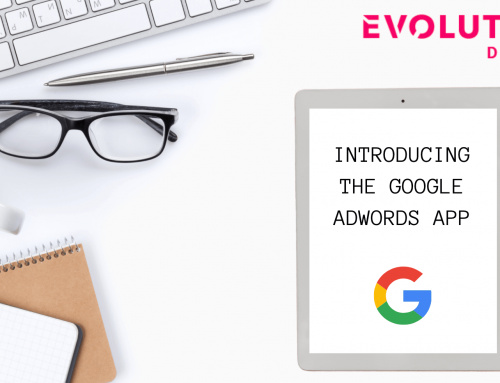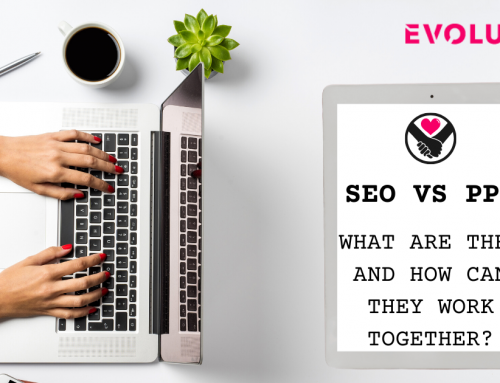In the world of digital marketing, businesses are presented with a variety of tools to reach their target audience. Two of the most popular advertising methods within Google Ads are Search Ads and Display Ads. Both offer unique advantages, but understanding the differences between them is essential for creating effective campaigns. In this blog, we’ll delve into the key differences between Search Ads and Display Ads and explore when and how to use each to maximise your marketing efforts.
What Are Search Ads?
Search Ads are text-based ads that appear at the top or bottom of Google search engine results pages (SERPs) when a user searches for specific keywords or phrases. These ads are driven by intent, meaning they appear when a user is actively looking for something related to your business, product, or service.
Key Features of Search Ads:
- Intent-Driven Targeting: One of the biggest advantages of Search Ads is that they target users who are actively searching for information, products, or services. However, whether your ad appears at the top of the search results depends on factors like your bid amount, the competitiveness of the keywords, and the relevance of your ad to the search term. For example, if someone is searching for “plumbers in Dublin,” a relevant ad for a local plumbing business may appear at the top or bottom of the search results based on your bidding strategy and competition.
- Text-Focused with Rich Ad Formats: Search Ads typically include a headline, URL, and short description that align with the search query, making them highly relevant to users. In many cases, additional elements are also included to make them more attractive, such as images, sitelinks, and the company logo. These added features help with branding and provide the customer with more information about the company’s services, enhancing the overall appeal and engagement of the ad.
- Cost-Per-Click (CPC) Model: Search Ads operate on a pay-per-click (PPC) basis, meaning you only pay when someone clicks on your ad. The cost per click depends on the competitiveness of the keywords you’re bidding on.
- Highly Measurable: The performance of Search Ads can be easily tracked through metrics like click-through rate (CTR), conversion rate, and cost per conversion, allowing for precise adjustments to campaign strategies.
Best Use Cases for Search Ads:
- High-Intent Searches: If you’re targeting people who are ready to take action (like purchasing a product or signing up for a service), Search Ads are ideal. For example, ecommerce stores or local service providers often benefit greatly from Search Ads.
- Niche Markets: Since Search Ads rely on specific keywords, they can be particularly effective for niche industries or products that users are actively searching for.
What Are Display Ads?
Display Ads, in contrast, are image-based ads that appear across websites, apps, and other digital platforms that are part of Google’s Display Network. These ads are primarily used to build brand awareness and reach a broader audience across millions of websites.
Key Features of Display Ads:
- Broad Audience Targeting: Display Ads are not restricted to users searching for specific keywords. Instead, they target users based on their browsing habits, interests, demographics, and previous interactions with your brand. For example, a user who has previously visited a page on your website might see a Display Ad while browsing other unrelated websites.
- Visual Appeal: Display Ads can be in the form of banners, images, or even interactive media. This makes them a powerful tool for grabbing attention, conveying your brand’s identity, and fostering brand recall. For example, an image of a new product launch with a compelling visual can create a strong impact.
- Cost-Effective for Brand Awareness: Display Ads tend to have lower CPC compared to Search Ads, making them a cost-effective option for increasing visibility. However, since they are not based on direct search intent, the conversion rates are typically lower.
- Remarketing Capabilities: One of the most significant advantages of Display Ads is their ability to remarket. Remarketing allows you to show ads to users who have already visited your website or interacted with your brand, encouraging them to return and complete an action.
Best Use Cases for Display Ads:
- Brand Awareness: Display Ads are perfect for businesses that are looking to increase their visibility and get their brand in front of a wider audience. They are particularly useful for industries where visual appeal plays a key role, such as fashion, travel, and luxury goods.
- Retargeting Campaigns: If you’re looking to re-engage potential customers who visited your website but didn’t convert, Display Ads can be a powerful tool to stay top-of-mind and encourage return visits.
Comparing Search Ads and Display Ads
Now that we’ve explored what Search Ads and Display Ads are, let’s compare them across a few critical areas:
1. Targeting:
- Search Ads: Target users with high intent, often leading to higher conversion rates. They focus on specific keywords that are relevant to what users are searching for at the moment.
- Display Ads: Cast a wider net, allowing you to target users based on their browsing behaviour, demographics, and interests. They excel in building awareness rather than immediate conversions.
2. Cost:
- Search Ads: Generally have a higher CPC due to competition for specific keywords, but the return on investment (ROI) can be higher because of the intent behind user searches.
- Display Ads: Have a lower CPC but may require more impressions to drive meaningful conversions. They are more effective for brand exposure than for immediate actions.
3. Ad Format:
- Search Ads: Text-based, which limits creativity but makes ads highly relevant to user searches.
- Display Ads: Image-based, offering more creative freedom to capture user attention through visuals.
4. Conversions:
- Search Ads: Tend to generate higher conversion rates since they target users who are already looking for something specific.
- Display Ads: While they may not convert as immediately, they contribute to longer-term brand recognition and customer retention through remarketing efforts.
Which Should You Choose?
The choice between Search Ads and Display Ads ultimately depends on your business goals. If you’re looking to capture immediate leads or sales from users actively searching for your product or service, Search Ads are the way to go. However, if your goal is to increase brand awareness, build visibility, or re-engage past website visitors, Display Ads are a better fit.
In many cases, a combination of both can create a balanced marketing strategy. By utilising the strengths of each, you can capture potential customers at different stages of their journey – from initial awareness to final conversion. At Evolution Digital, we understand that every business has unique needs. Whether you’re looking to leverage Search Ads, Display Ads, or both, our team of experts can help you craft the perfect strategy. Contact us today to learn how we can help you maximise your digital advertising efforts.




